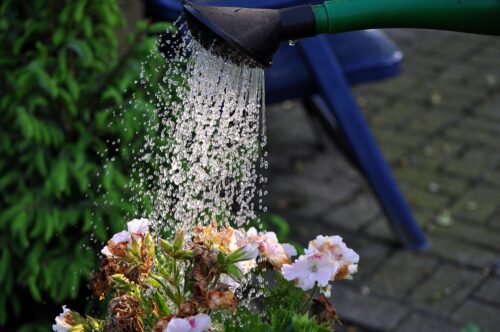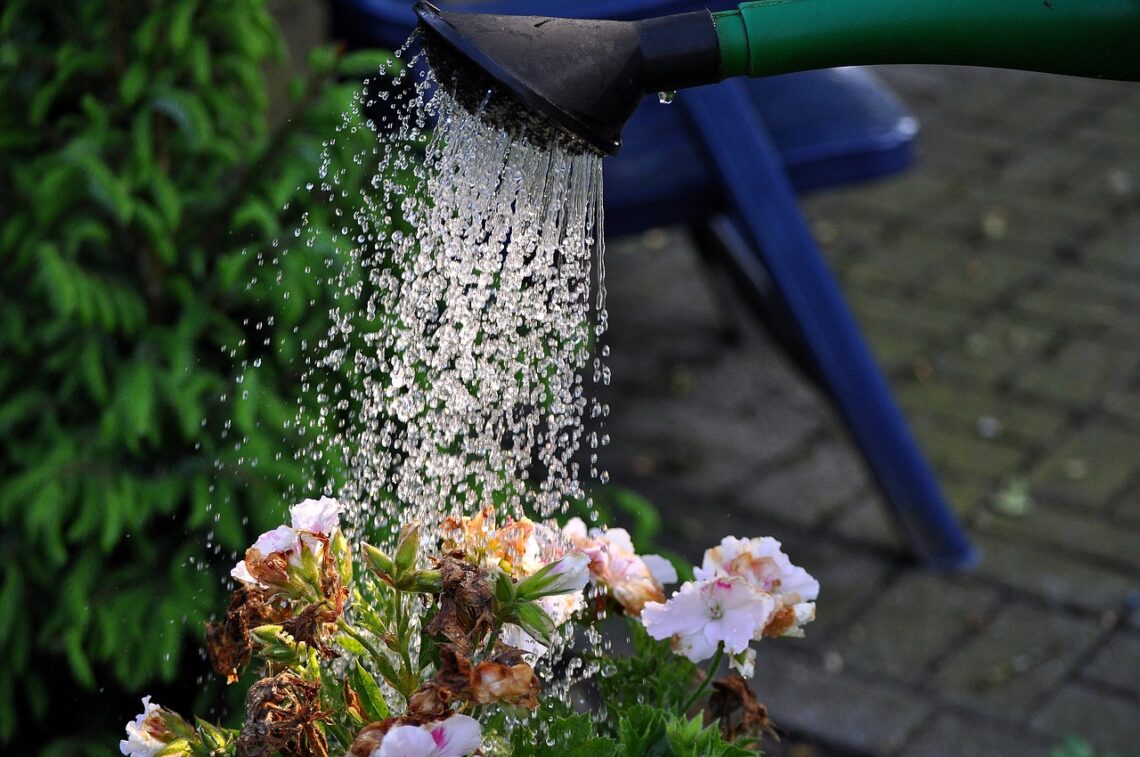If you are dealing with over and underwatering issues, then read the basics of How to Water Houseplants with this guide.
Are you struggling with changing watering routines for your indoor plants according to the seasons? Then check this post and learn how to water houseplants.
How to Water Houseplants

Perfect Time to Water Houseplants
If you notice wilting leaves, then it’s time to water your plants, but don’t allow your plants to reach that level. Instead, make a routine of checking on your houseplants once a week.
Water as Needed
Keep in mind that every plant has differnt watering requirements. When unsure what quantity plant needs take help from the plants origin. Some houseplants like philodendron from tropical regions have regular rains; they have big foliage that takes lots of water compared to succulents and cacti that can tolerate droughts; they prefer the soil dry out between waterings.
Effect of Climate
Climate and time of the year also play an essential role in watering plants. Many plant varieties thrive vigorously in spring and summer but have slow growth in fall and winter. During these times, modify your watering practice. Water your plants more when they are growing actively and reduce it in dormancy.
Best Water for Plants
If you think tap water is OK for your plant, then your assumption is wrong. Generally, tap water contains chlorine and fluoride, which is not tolerable for all plant varieties. Tap water can be too alkaline for your plants. Instead, you can try to store rainwater, or melted snow can also be a great option if you live in a cold climate with less rain. You can allow it to sit for 24 hours for tap water, so chemicals evaporate before use on the plants.
Correct Watering Manner
Water your plants in a manner until water starts to run out from the pots drainage holes. If you notice extra water in the saucer, the plant’s soil will often soak it. Though, ensure to drain the saucer after 10 minutes to avoid root rot.
Accurate Container
Overwatering can rot and kill the plant; rize -sized containers with appropriate drainage holes allow the excess water to drain out without causing root rot. When using containers without drainage holes, place a layer of stones at the base of the pot. By doing this the roots and soil will not have a direct contact with extra water.
Check If You’re Overwatering Your Houseplants
Excess water can drown your plants, which is the reason why pots have drainage holes. Roots need oxygen or they rot and die, if the container has good drainage, keeping the soil wet can make it difficult for roots to breathe. There are a few signs that indicate signs of overwatering. Don’t confuse yellow-dropping leaves with cues of overwatering. Wilting leaves are also confusing; sometimes, they happen due to less water. If you have overwatered your plants and not draining out, carefully tip the pot on its side and drain the extra water. You can place paper towels on the soil so they absorb the excess water. Skip watering for a while and wait till the soil dries out completely.



